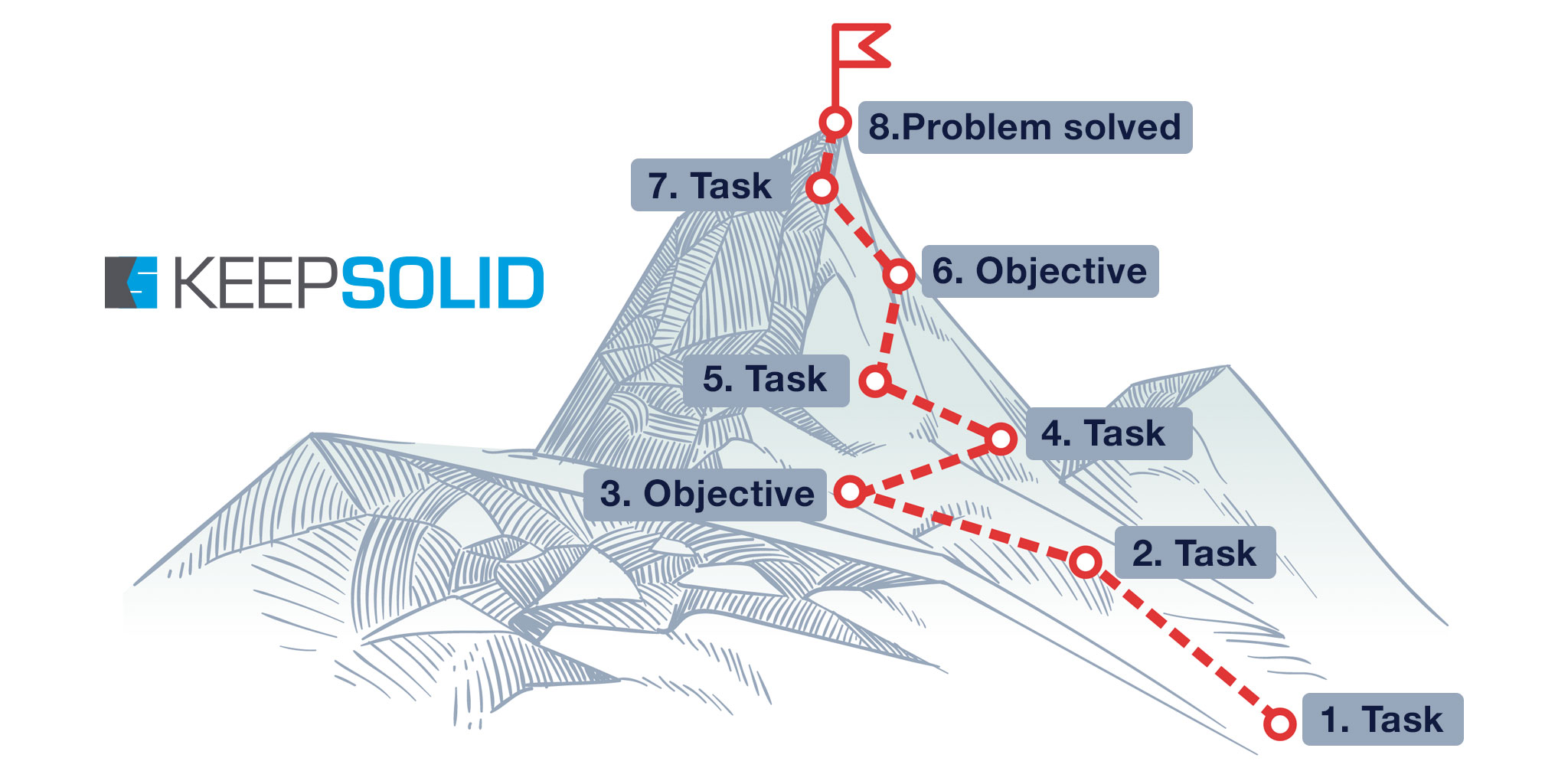
Grow Your Business in 2019 – Business Development Strategy And Other Measures
Reading Time: 4 minutesFor those who wish to develop and sustain a business, there’s plenty of advice online. So much so, in fact, that one might wonder, what is the point in writing yet another piece on what would seem to be a fully explored topic. That’s a tough question… if you have never run a company.
Otherwise, you’d have known how fickle and unpredictable entrepreneurship is. What worked great a decade or even a couple years ago might nowadays turn out hackneyed and even counterproductive. That’s why it’s important to monitor the “good ol’ ways” of doing business and identify which are best left behind. To help you with that, we’ve drafted up this guide on how to develop your business in 2019. Check it out!
Developing a business strategy
First and foremost, your organization is going to need a strategy. This is as crucial as it gets. Without a plan, not only will you not know where you’re going, but you’ll also have no way to retroactively tell which of your actions conditioned your successes and failures. So, how to develop a business strategy?
- Keep it simple
Whether you own a small startup or a massive corporation, when planning your business’ development it is always tempting to build a full-fledged, full-on, long-term strategy. Don’t. Rather, make it as concise and goal-oriented as possible. Make sure you always know why you add a certain task or objective and how it will facilitate your goals.
Utilize professional planning tools like Roadmap Planner to optimize the whole process
- Identify a problem
If you’re building a plan centered around a certain product, the problem is the clients’ pain. If we’re speaking about your general business development strategy, then the problem might be the lackluster financial results. So in a nutshell, a problem is what you wish to fix for your organization, a state that you want it to leave. - Know where you are now
Look around. You need to assess the current state of your business to start moving forward with the strategy. Perhaps, you have a highly enthusiastic team with no real experience under their belts. Or, your company has been developing an IT software for quite some time; then you realize that it took a few wrong turns and is going nowhere. You have to acknowledge the present, as realistically as it gets, before you can hope for a chance to change anything. - Set problem-oriented objectives
Now this is a tricky part of business growth strategies. Objectives are your sub-goals, milestones on your path to fixing the problem. The hardest part for an unexperienced manager is prioritizing their objectives. It’s easy to fall into a trap of trying to hit all the birds with one stone, which will eventually exhaust your resources and leave you back at the bottom of the ladder. - Figure out the tasks
Now that you know which sub-goals need to be completed and what the strengths and weaknesses of your current state are, this next step of building a strategy is a no-brainer. Figure out the path towards the objectives. It should utilize and entrench your advantages while negating the cons. For instance, it might be smart to use the user base of your existing product, even if it didn’t deliver, to market or beta test your new developments.
Other business development measures
Business development strategy might be the obvious place to get started, but the organization manager’s efforts definitely shouldn’t end there. There is always much to do on your way to success, and many aspects factor in.
Prioritize customer experience
This might be a cliché, but ensuring your clients’ satisfaction is vital, especially if you operate online (which you do). Get to know your customers, surround them with classy services, nurture your existing users while looking for new ones.
Classy © GIPHY
It’s not uncommon for an enthusiastic startup to develop a cool product only to find out nobody needs it. Don’t do that. At every stage of the development, you must know who will buy it, and why would they do this. The funny thing is, the latter might be unknown even to your audience. That’s fine. As long as YOU know the answer, it will be easy for your marketing team and the whole nature of the product to communicate the answer to your potential users.
It’s not uncommon for an enthusiastic startup to develop a cool product only to find out nobody needs it. Don’t do that. Click To TweetKeep financial score AND low budget
This is usually a problem for SMBs, as they tend to rely a lot on trust-based relations. And even when they don’t, employing full-fledged accountants might seem like a waste for them. But it’s crucial for business development directors to realize ASAP the importance of numbers and financials in their organizations. That’s not to say that trying to keep the budget low is bad, but there are likely other opportunities for this.
For instance, marketing is often one of the major cost sinks for an unexperienced business owner, whilst low-budget, high-impact marketing solutions are certainly available. This is especially dangerous when it causes sunk cost fallacy in C-suites, launching unnecessary spending into a vicious cycle.
Monitor trends in the industry
There’s little more silly a thing than a business manager clinging to years-old development plans or project ideas without noticing the shifts in their environment or community. This leads to them ignoring opportunities, missing life-or-death threats, and the business eventually stagnating (at best) or collapsing.
There’s little more silly a thing than a business manager clinging to years-old development plans or project ideas without noticing the shifts in their environment or community. Click To TweetNo success is ever enough in business. You must always have your finger on the pulse of the industry, know the talks of the town, understand what motivates and interests your staff and clients. And, this is important, you need to be aware of your limits. Don’t spread yourself too much, keep your organization focused on the key trends.

